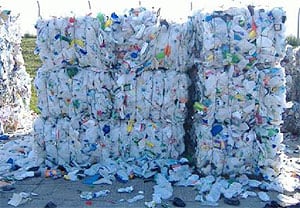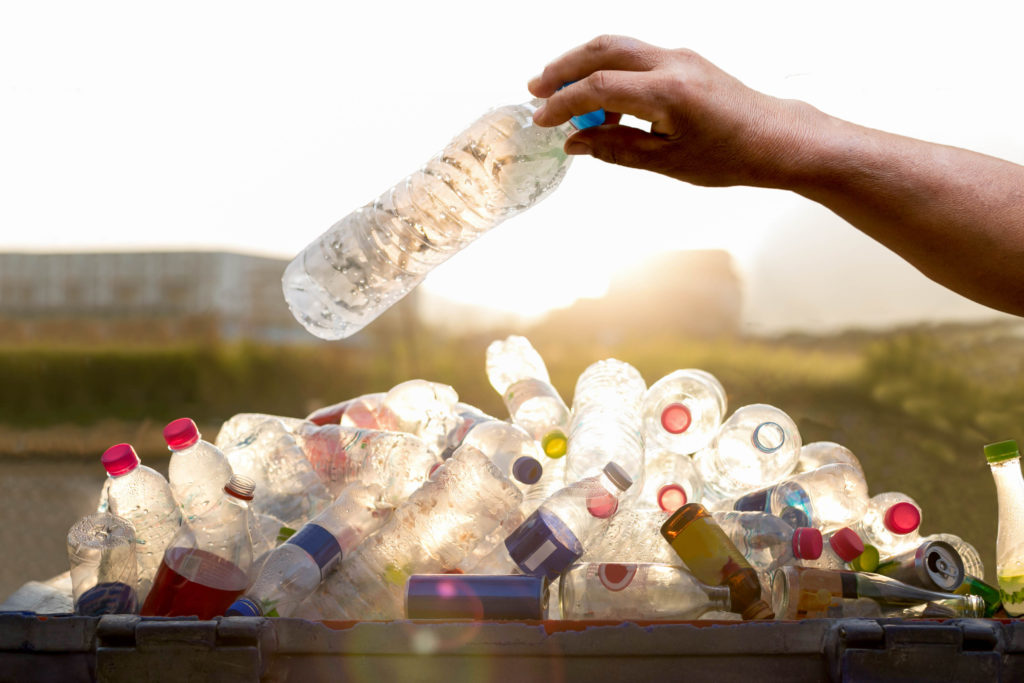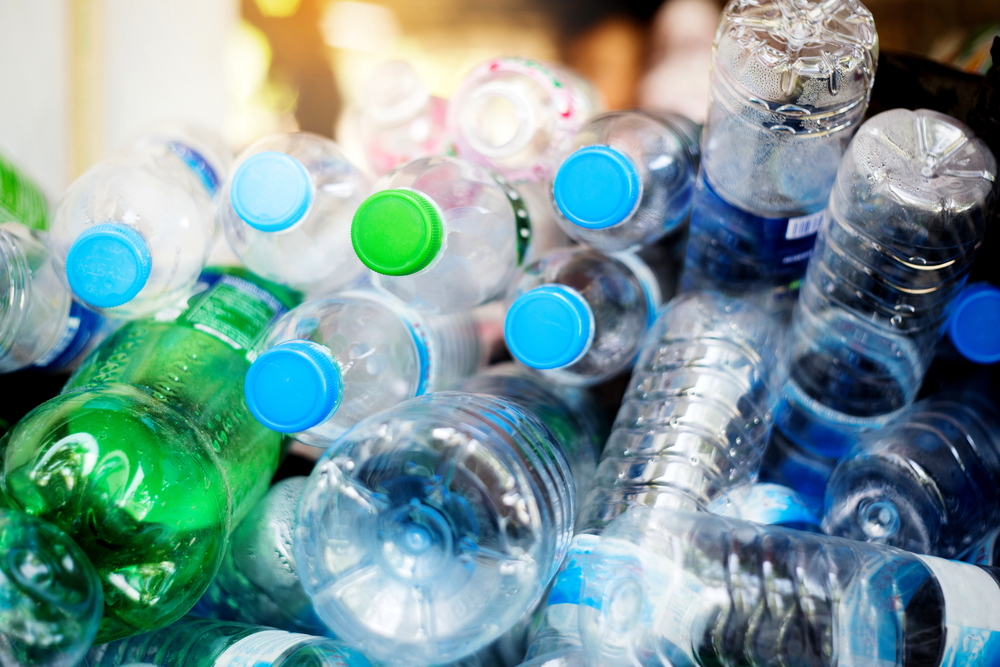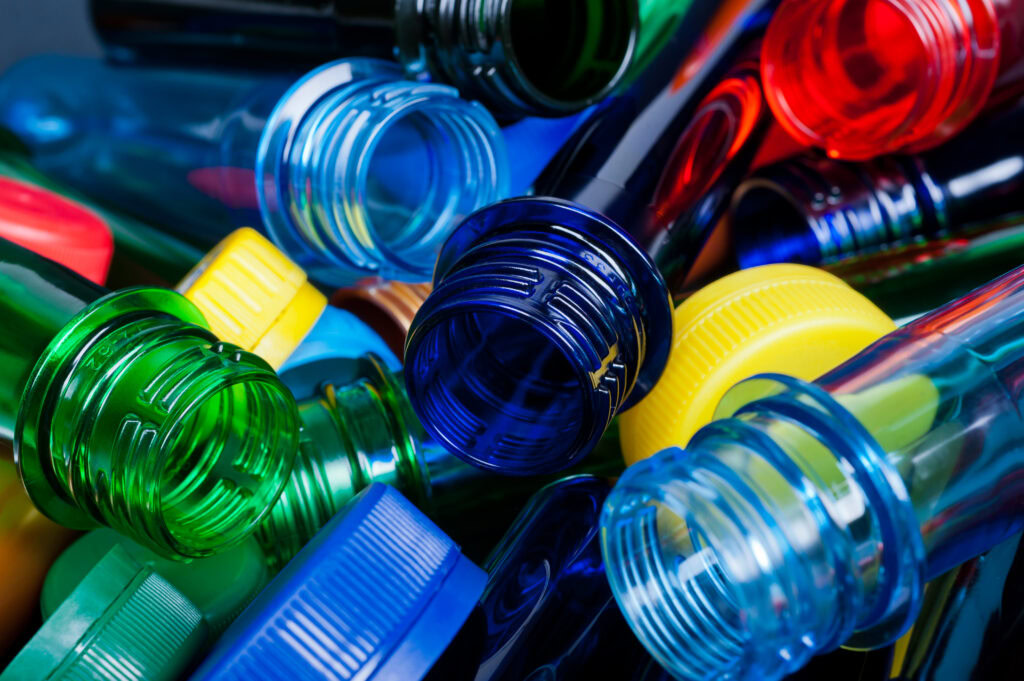Publishing their findings last week, consultants at Nextek said the closed loop process was “technically attractive”.
 The Nextek study suggested that investing in a reprocessing plant for HDPE plastic bottles was most effective when integrating it with an existing PET bottle plant |
But, the researchers suggested that the most effective way to finance a new HDPE plastic recycling plant would be to integrate it into an existing PET plastic bottle recycling operation.
The project was carried out on behalf of the Waste and Resources Action Programme, which is currently seeking partners to build a recycling plant for the reprocessing of HDPE plastic into food-grade packaging (see letsrecycle.com story).
Studying the recycling of UK-collected HDPE plastic at the Sorepla Industrie plastics plant in Eastern France, researchers stated a belief that recycled HDPE plastic – even made to food-grade specifications – could compete against prices of virgin plastics.
Risk
With the current high price of oil, the researchers suggested risks associated with the sale of recycled HDPE were not considered high. However, they warned there was “a degree of risk associated with high prices for HDPE bales and the supply of low purity bales”.
Professor Edward Kosior, managing director at Nextek and one of the authors of the final report, told letsrecycle.com: “Profits for an HDPE plant can be positive but variable, there are positions where it may be negative.”
The researchers said bottles made from a 30% rHDPE and virgin blend performed as well as virgin bottles in all tests for the bottle and the milk within the bottle. They said necessary recycling equipment was available from a restricted range of reliable suppliers in Europe, and that a plant could be set up for about 3 million.
The system studied included bottle sorting, grinding and cleaning as well as the hot washing and sorting of flakes. Material was then decontaminated and extruded into pellets.
Integration
The most effective investment option for companies seeking to recycle HDPE plastic would be to add the capability to an existing PET reprocessing facility.
The report said: “The integration of the operation with an existing PET bottle operation significantly enhances the attractiveness of the HDPE investment through the reduction of costs for staff, rent and equipment. This operation in turn enhances the financial flexibility stability and success of the PET operation by increasing the cash flow, increasing the return on a higher fraction of the bottle stream (70% instead of just 50%), increasing the buying power for mixed bottles and reducing seasonal supply factors. ”
The report warned that during periods of poor market conditions for HDPE plastic, profit margins could “reduce and totally disappear”. But, when processing PET plastic bottles as well as HDPE plastic, the report said chances of profitability improve.
It said: “A major advantage would arise from the ability to accept large quantities of mixed plastics bottles as in-feed and extract the maximum value from both the PET and HDPE components of food grade resin.”
| Related links: |
The report said using 30% recycled plastic when producing new milk bottles left no difference in colour, although at a 100% proportion, a difference was noticeable.
The report stated: “The other differences that were noted were the presence of gels and black specks and the odour after processing, however these were not at a level that detracted from use as a commercially acceptable bottle.”










Subscribe for free